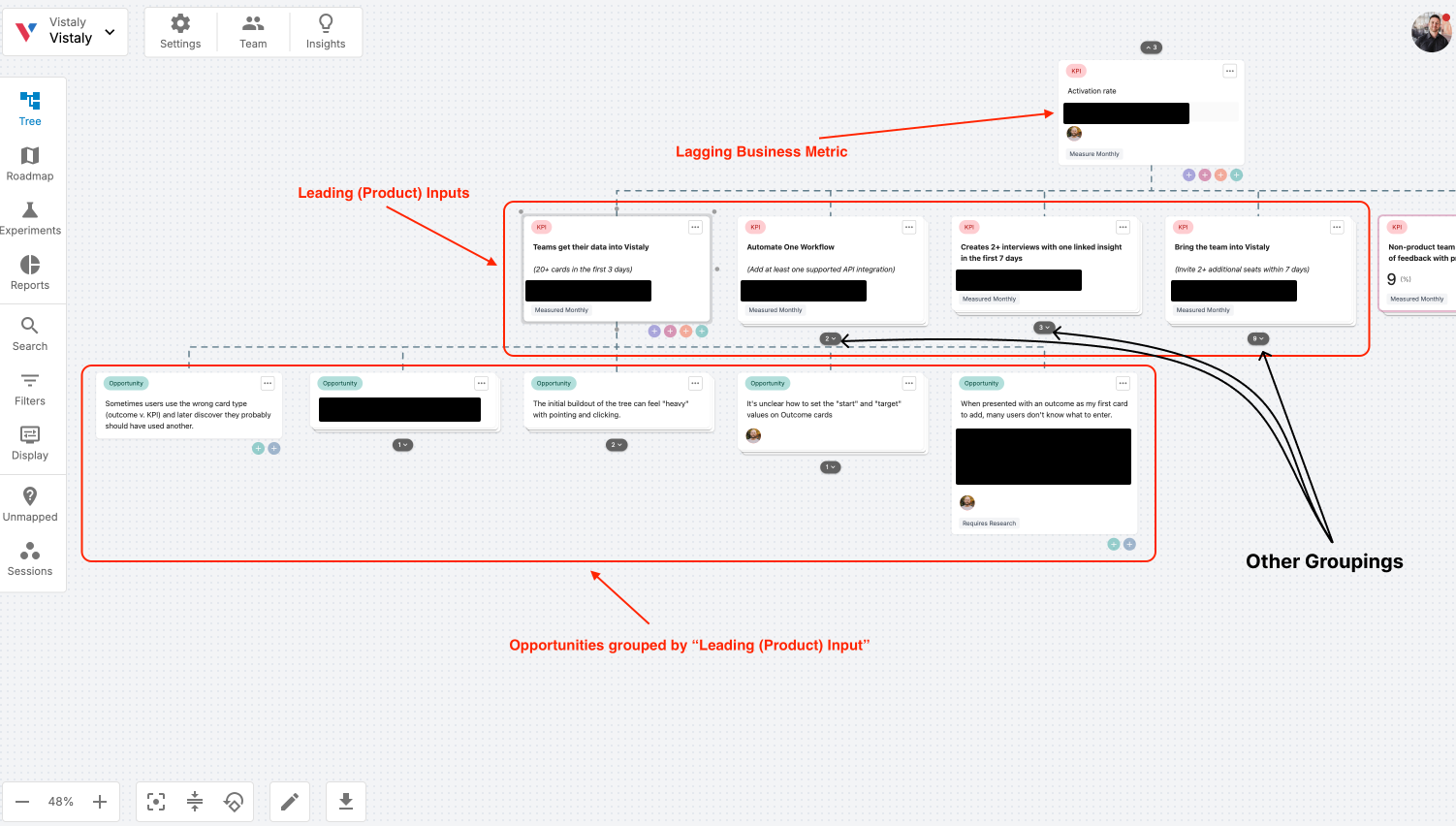You Can Still File for a Tax Extension
If you're not ready to file tomorrow, you have options.

With Tax Day 2025 finally here, many of us are pressed for time to file our returns. You might be wondering, "Hey, what if I just... don't pay my taxes at all?" And you're not alone in this line of thinking. But even if you can't pay right now, you absolutely want to file before the deadline.
Fortunately, the IRS offers taxpayers an easy way to get more time: by filing for an extension. Let's take a look at how to properly request an extension, what it means for your tax obligations, and important considerations to avoid penalties.
What a tax extension actually gives you
Let's start with a critical point: A tax extension grants you additional time to file your tax return, not additional time to pay any taxes you owe. More specifically:
You get six more months to complete and submit your tax forms (until Oct. 15, 2025).
You still must estimate and pay any taxes due by April 15, 2025.
An extension helps you avoid the failure-to-file penalty, which is much more severe than the failure-to-pay penalty.
Anyone can request an extension for any reason—whether you're missing documentation, traveling, or simply need more time to organize your finances. You don't need a "good reason" or to submit any explanation. Plus, filing an extension does not increase your chances of being audited. The IRS treats extended returns the same as timely filed returns.
How to file for an extension
You have a few options to secure that six-month extension.
Option 1: File Form 4868
The official way to request an extension is by submitting IRS Form 4868, "Application for Automatic Extension of Time to File U.S. Individual Income Tax Return."
Complete the form with your personal information.
Estimate your total tax liability for 2024.
Determine if you owe any remaining tax.
Submit the form by April 15, 2025, along with payment for any estimated taxes due.
The form is relatively straightforward and requires basic information like your name, address, Social Security number, and estimated tax figures.
Option 2: Electronic filing
You can also file for an extension electronically. The IRS Free File program offers an extension here. Commercial tax softwares, like TurboTax and H&R Block, should also have "File an extension” options on their sites. Electronic filing offers confirmation that your extension request was received and processed.
Option 3: Payment method as extension request
If you'll be making a payment, you can get an extension without filing Form 4868. Let's say you make a payment through the IRS Direct Pay system, the Electronic Federal Tax Payment System (EFTPS), or using your credit/debit card through an approved payment processor. When using these methods, indicate the payment is for an extension, and the IRS will automatically process an extension for your filing.
Estimating your tax liability
The challenging part of filing an extension is estimating your tax liability when you don't have all your documentation ready. To tackle this, some strategies include:
Use last year's return as a baseline, adjusting for major changes in income or deductions.
Gather whatever documents you do have (W-2s, 1099s, mortgage interest statements) and make a best-effort calculation.
When in doubt, overestimate rather than underestimate (you'll get any overpayment back as a refund).
And going forward, I recommend you start using a spreadsheet to track all your tax-related information throughout the year. I've created a basic template to get you started here. The purpose is to create a handy archive of all your tax records in one spot, making it much easier to file on time next year.
State tax extensions
Most states grant automatic extensions if you've received a federal extension, but rules vary widely. Key points:
Some states require their own extension forms
Many states have different deadlines than the federal extension
Some states require payment of estimated taxes with the extension request
Check with your state's tax agency for specific requirements.
Special situations
Filing for an extension typically means an automatic Oct. 15 deadline, except in some specific circumstances.
Americans living abroad
U.S. citizens living abroad automatically receive a two-month extension until June 15 without filing a formal request. (Filing Form 4868 extends this deadline to Oct. 15.)
Military personnel in combat zones
If you're serving in a combat zone, you receive an automatic extension for both filing and paying for the duration of your service plus 180 days.
Disaster victims
The IRS often provides special extensions for taxpayers affected by federally declared disasters. Check the IRS website for announcements if you've been impacted.
What happens if you still miss the extended deadline
If you obtain an extension but still fail to file by Oct. 15, you're in a tough spot. From here, the failure-to-file penalty starts accruing. That means 5% of unpaid taxes per month, up to 25%. You may lose the ability to make certain elections on your tax return, and you risk losing any unclaimed refund if you wait more than three years to file.
The bottom line
Filing an extension is a straightforward process that can save you from significant penalties if you need more time. Remember these key points:
File Form 4868 or make an extension-related payment by April 15.
Pay your estimated tax liability by April 15 to avoid failure-to-pay penalties.
Complete your actual tax return by Oct. 15.
An extension gives you breathing room to file an accurate tax return rather than rushing and potentially making costly errors. If you're not ready to file by Tax Day, taking a few minutes now to request an extension is a smart financial move that can save you from much larger penalties down the road.






































































































![Building A Digital PR Strategy: 10 Essential Steps for Beginners [With Examples]](https://buzzsumo.com/wp-content/uploads/2023/09/Building-A-Digital-PR-Strategy-10-Essential-Steps-for-Beginners-With-Examples-bblog-masthead.jpg)





![How One Brand Solved the Marketing Attribution Puzzle [Video]](https://contentmarketinginstitute.com/wp-content/uploads/2025/03/marketing-attribution-model-600x338.png?#)

































